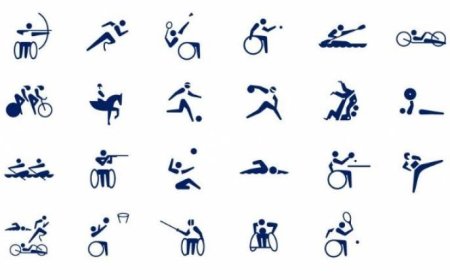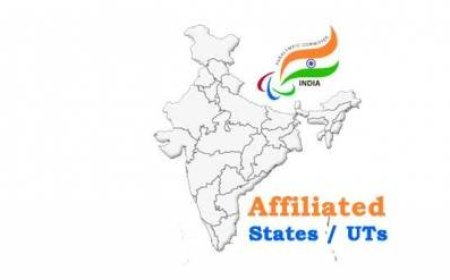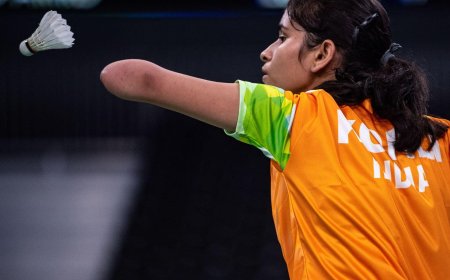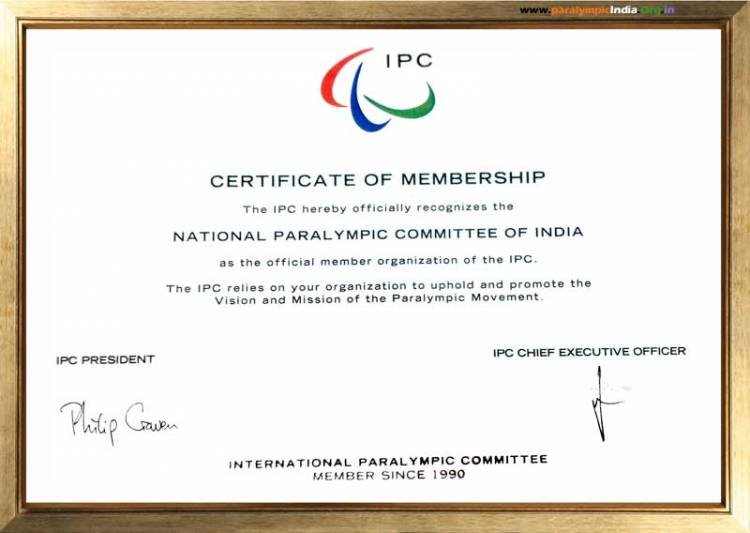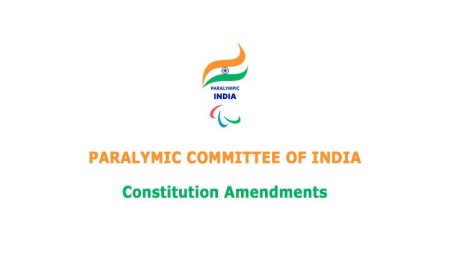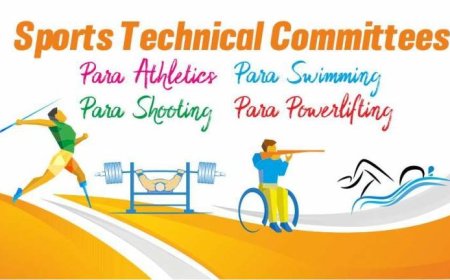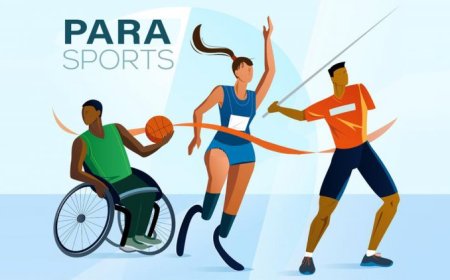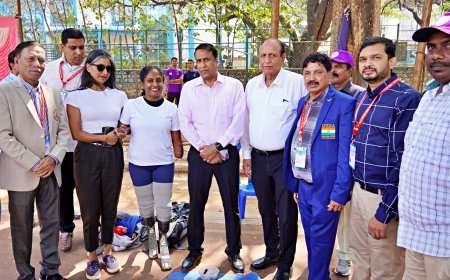Para Sports Classification
Para Sports Classification
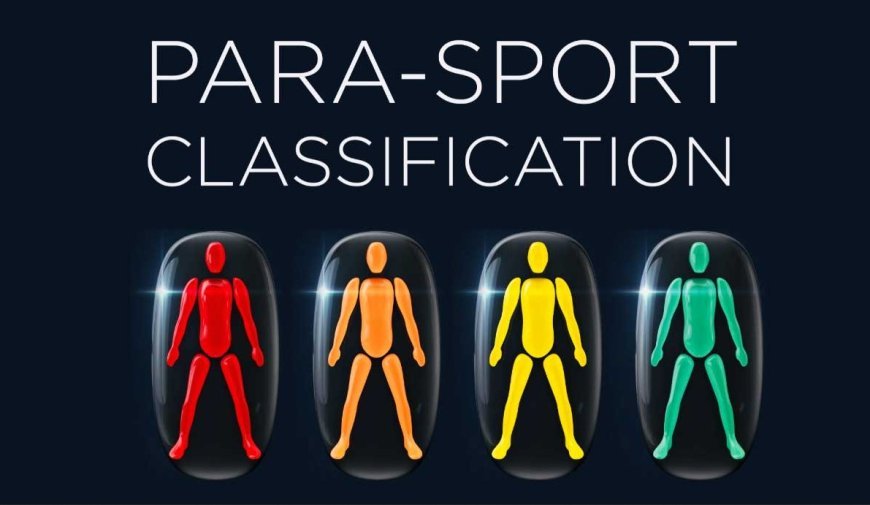
Para sport is sport within the Paralympic Movement for people with a disability. Athletes competing in Para sport have a health condition that presents as an impairment and leads to a competitive disadvantage in sport.
The purpose of Classification is to define who is eligible to compete in a Para sport and groups athletes with an eligible impairment into sports classes, according to how much their impairment affects their ability to carry out the fundamental activities in a specific sport.
Classification is integral to Para sport as it provides a structure for fair and equitable competition within the Paralympic Movement.
Classification ensures that the impact of impairment in each event is minimized and that the success of an athlete is determined by skill, fitness, power, endurance, tactical ability and mental focus.
All Para athletes wishing to compete in Para sport must have a sports specific class.
Classification is sport-specific because impairment affects the ability to perform in different sports to a different extent. As a consequence, a Para athlete may meet the criteria in one sport but may not meet the criteria in another sport.
SPORTS CLASS
A sport class is a category which groups athletes together for competition depending on how much their impairment impacts performance in their sport. Therefore, a sport class is not necessarily comprised of one impairment type alone but can be comprised of athletes with different impairments. However, these different impairments affect sport performance to a similar extent. For example, you will find athletes with paraplegia and double above-knee amputation competing in the same sport class in athletics because their different impairments have a comparable effect on their 1,500m wheelchair racing performance.
In individual sports, athletes compete against athletes in their own sport class to ensure the impact of impairment is minimized. In national events and smaller international competitions athletes in different sport classes may compete together for one medal, because there are not enough athletes for each sport class to create a competitive event. In these cases, athletes in different sport classes may be given a ‘coefficient’ or correction score to account for the different levels of activity limitation.
Some Para sports only have only one sport class, such as Para powerlifting. To compete in these sports, the athletes only need to meet the minimum impairment criteria.
In team sports, the players are allocated points, which indicate their activity limitation. A lower score indicates a more severe activity limitation than a higher score. A team is not allowed to have more than a certain maximum sum of points on the field of play at the same time in order to ensure equal competition with the opposing team.
Eligible Impairments (10) and Commonly Associated Health Conditions
The Paralympic Movement offers sport opportunities for athletes with physical, visual and intellectual impairments and these can be divided into 10 eligible impairment types which must be permanent in nature. The following are the Eligible Impairments recognized by the International Paralympic committee (IPC), together with examples of Health Conditions that may lead to those
Eligible Impairments:
• Impaired muscle power: Reduced force generated by muscles or muscle groups, may occur in one limb or the lower half of the body. Examples include: spinal cord injury (complete or incomplete, tetra-or paraplegia), muscular dystrophy, post-polio syndrome and spina bifida.
• Impaired passive range of movement: Athletes with impaired range of movement have a restriction or a lack of passive movement in one or more joints. Examples include:
arthrogryposis and contracture resulting from chronic joint immobilization or trauma affecting a joint.
• Loss of limb or limb deficiency: Athletes with limb deficiency have total or partial absence of bones or joints as a consequence of trauma (for example traumatic amputation), illness (for example amputation due to bone cancer) or congenital limb deficiency (for example dysmelia).
• Leg-length difference: Athletes that have a difference in the length of their legs as a result of a disturbance of limb growth, or as a result of trauma.
• Short stature: Athletes with short stature have a reduced length in the bones of the lower limbs and/or trunk. Examples include: achondroplasia, growth hormone dysfunction, and osteogenesis imperfecta.
• Hypertonia: Athletes with hypertonia have an increase in muscle tension and a reduced ability of a muscle to stretch caused by damage to the central nervous system. Examples include: cerebral palsy, traumatic brain injury and stroke.
• Ataxia: Athletes with ataxia have uncoordinated movements caused by damage to the central nervous system. Examples include: cerebral palsy, traumatic brain injury, stroke and multiple sclerosis.
• Athetosis: Athletes with athetosis have continual slow involuntary movements. Examples include cerebral palsy, traumatic brain injury and stroke
• Visual impairment: Athletes with impaired vision have reduced or no vision caused by damage to the eye structure, optical nerves or optical pathways, or visual cortex of the brain. Examples include: retinitis pigmentosa and diabetic retinopathy
• Intellectual Impairment: Athletes with an intellectual Impairment have a restriction in intellectual functioning and adaptive behavior in which affects conceptual, social and practical adaptive skills required for everyday life. This Impairment must be present before the age of 18.
The presence of a permanent eligible impairment must be proven by means of medical diagnostic information that must be presented prior to athlete evaluation.
Non-Eligible Impairments
Any Impairment not listed in above is referred to as a non-eligible Impairment. Examples include:
- Pain
- Hearing impairment
- Low muscle tone
- Hypermobility of joints
- Joint instability, such as unstable shoulder joint, recurrent dislocation of a joint
- Impaired muscle endurance
- Impaired motor reflex functions
- Impaired cardiovascular function
- Impaired respiratory functions
- Impairment metabolic functions
- Tics and mannerisms, stereotypes and motor perseveration
Health Conditions that will not lead to an Eligible Impairment International Sport Federations may specify in their Classification Rules that certain Health Conditions do not lead to an Eligible Impairment. Any Athlete who is only affected by such Health Condition will not be considered for Classification in relation to one or more sports governed by that International Sport Federation.
The IPC has specified certain Health Conditions that do not lead to an Eligible Impairment.
Examples are:
- Health conditions that primarily cause pain, such as myofacial pain-dysfunction syndrome, fibromyalgia or complex regional pain syndrome.
- Health Conditions that primarily cause fatigue, such as chronic fatigue syndrome. International Standard for Eligible Impairments 7
- Health Conditions that primarily cause joint hypermobility or hypotonia, such as Ehlers-Danlos syndrome
- Health Conditions which are primarily psychological or psychosomatic in nature, such as conversion disorders or post-traumatic stress disorder.
Classification Systems
Classification systems differ by sport and are developed by the International Federations (IF) governing the sport. IFs decide which eligible impairment type/s their sport will cater to.
Some Paralympic sports are only designed for athletes with one eligible impairment type. Goalball, for example, is only open to athletes with visual impairment.
Other sports, such as athletics and swimming, are open to athletes with any of the 10 eligible impairments recognized by IPC.
IFs also decide how severe impairment must be in order for an athlete to be eligible to compete in their sport. For an athlete to be eligible the impairment must be severe enough that it impacts his or her sport performance. This is called the ‘Minimum Impairment Criteria’ (MIC). If an athlete fails to meet the MIC, it does not question the presence of a genuine impairment; it is only a ruling on the eligibility of the athlete to compete in a particular sport under the IF Sport Rules.
Since different sports require different abilities, each sport logically requires its own classification system. For example, an impairment of the arms affects performance in a running event in athletics to a lesser extent than it affects performance in swimming.
The only exception to the sport-specific character of Paralympic classification is the classification for athletes with visual impairment. This system is still a medical system and the sport class allocated therefore applies across all sports (but the naming of the class may differ).


